Sochaczew 2009-08-30
Open-air museum of the Narrow Gauge Railway in Sochaczew.
Sochaczewska District Narrow-Gauge Railway.
Geographic coordinates: 52.217N 20.237E.
The Sochaczew Poviat Narrow-Gauge Railway was established by the decision of the Sejmik of the Sochaczew Poviat on April 15, 1919, i.e. when Poland regained its independence after the Great World War.
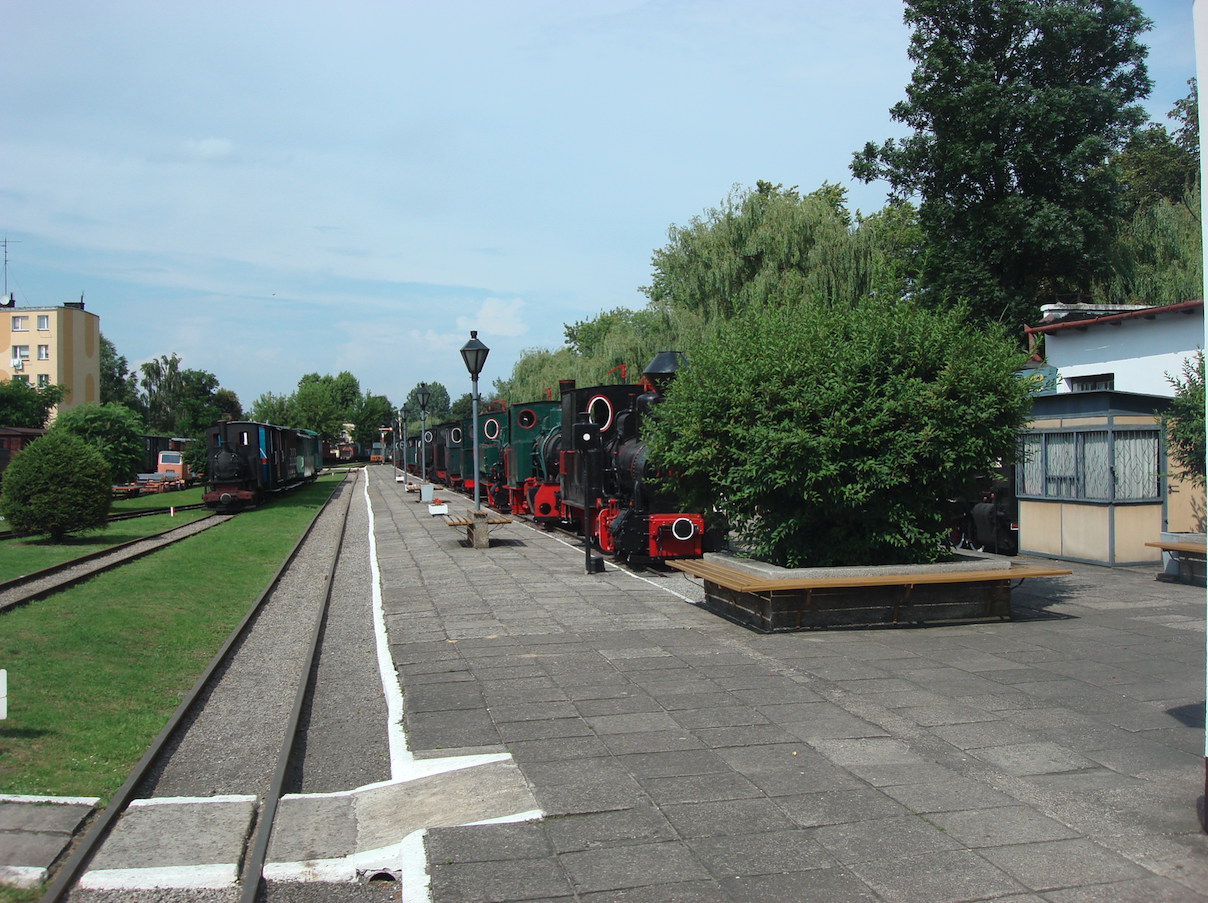
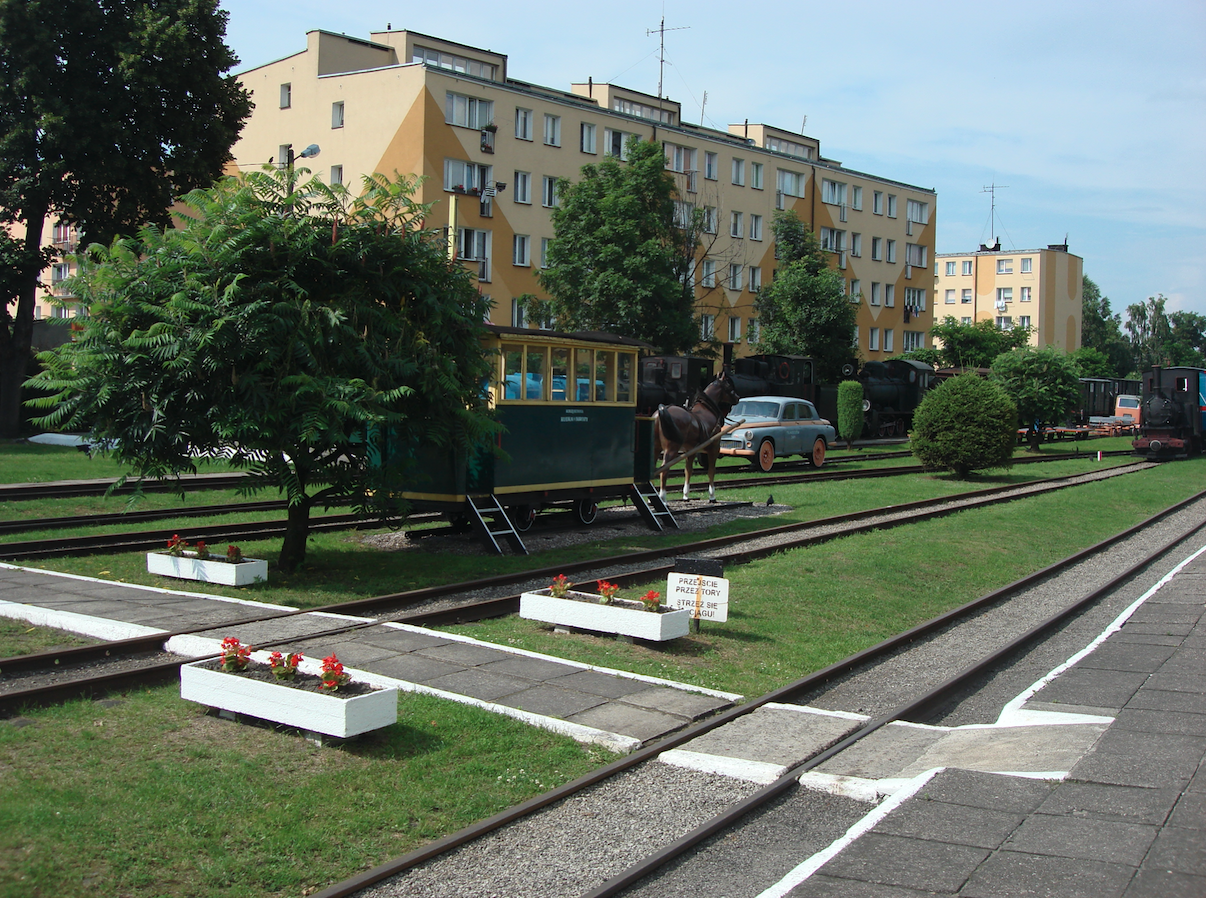
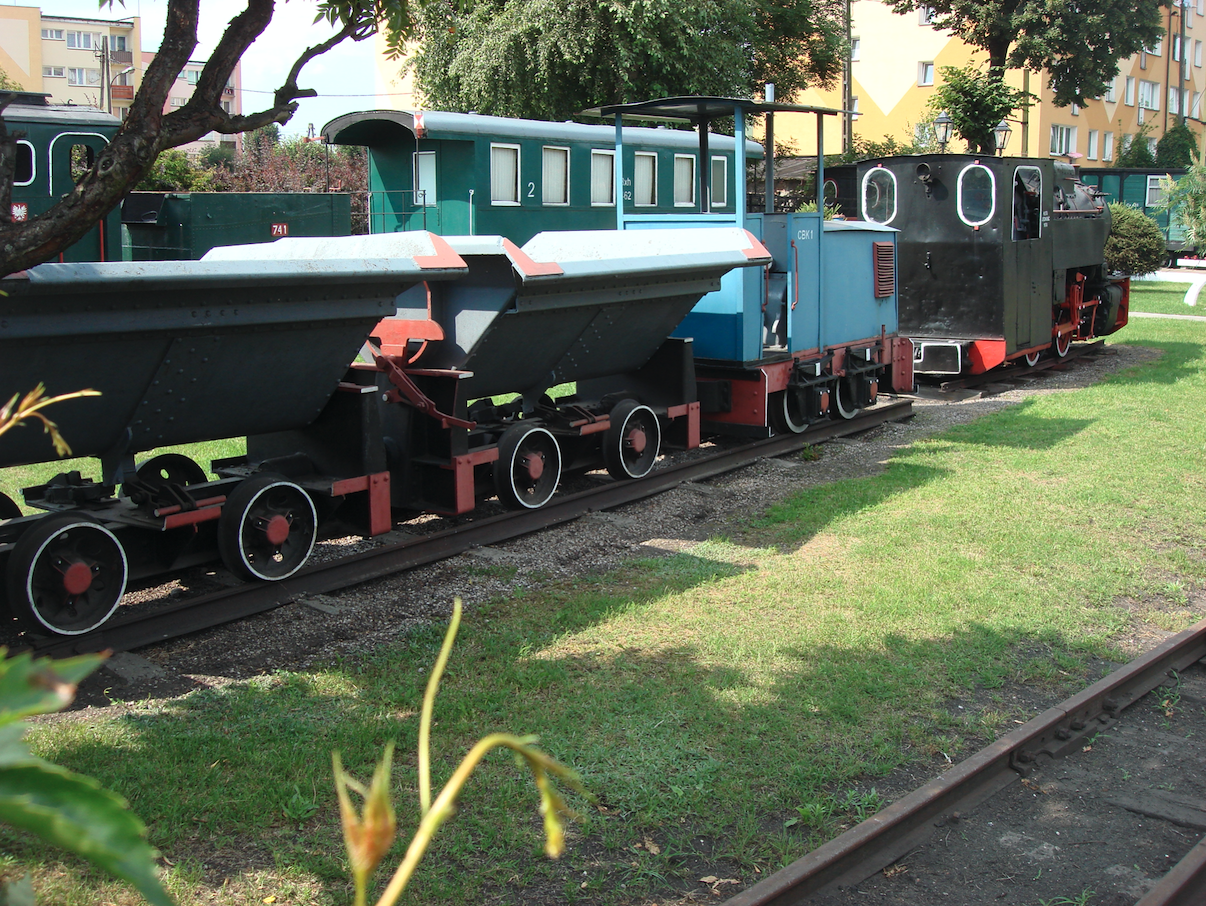
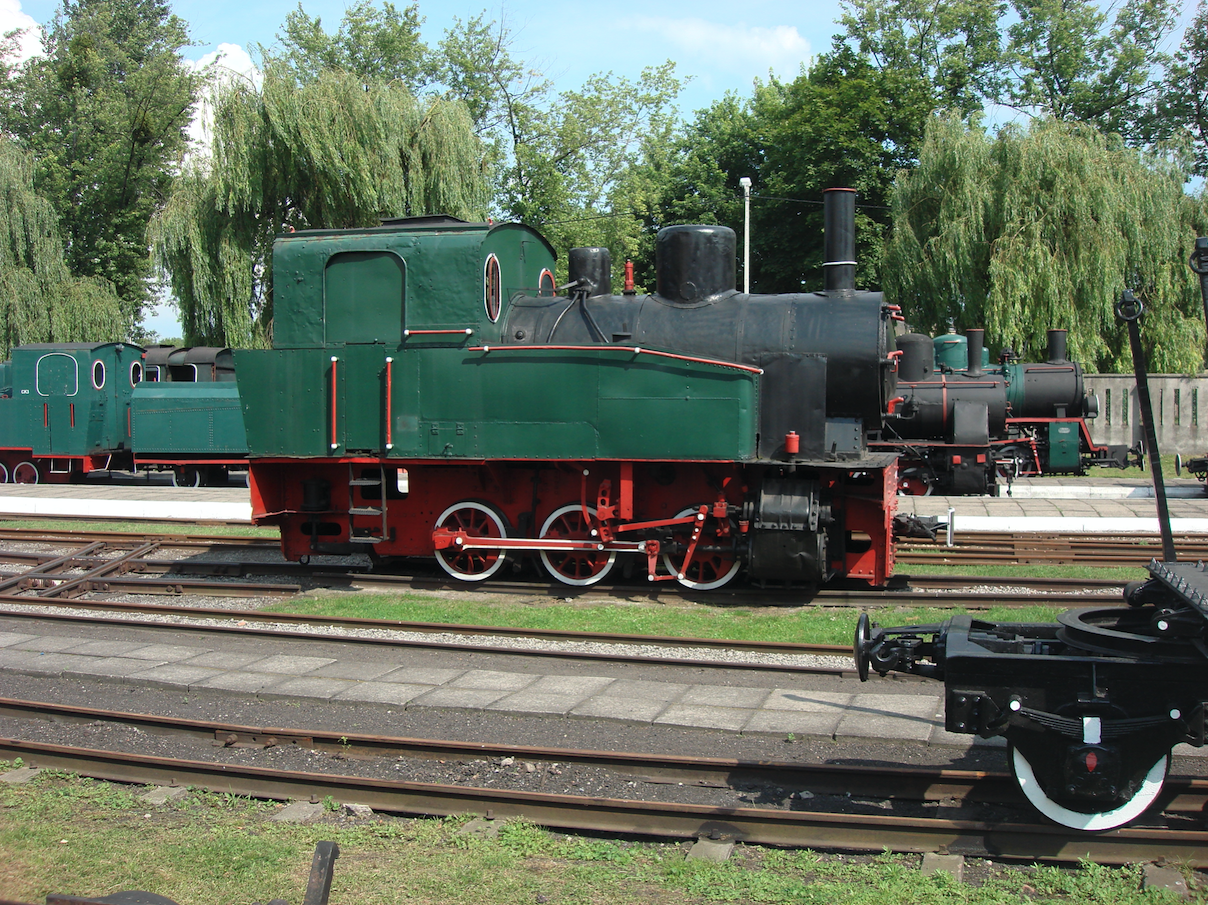
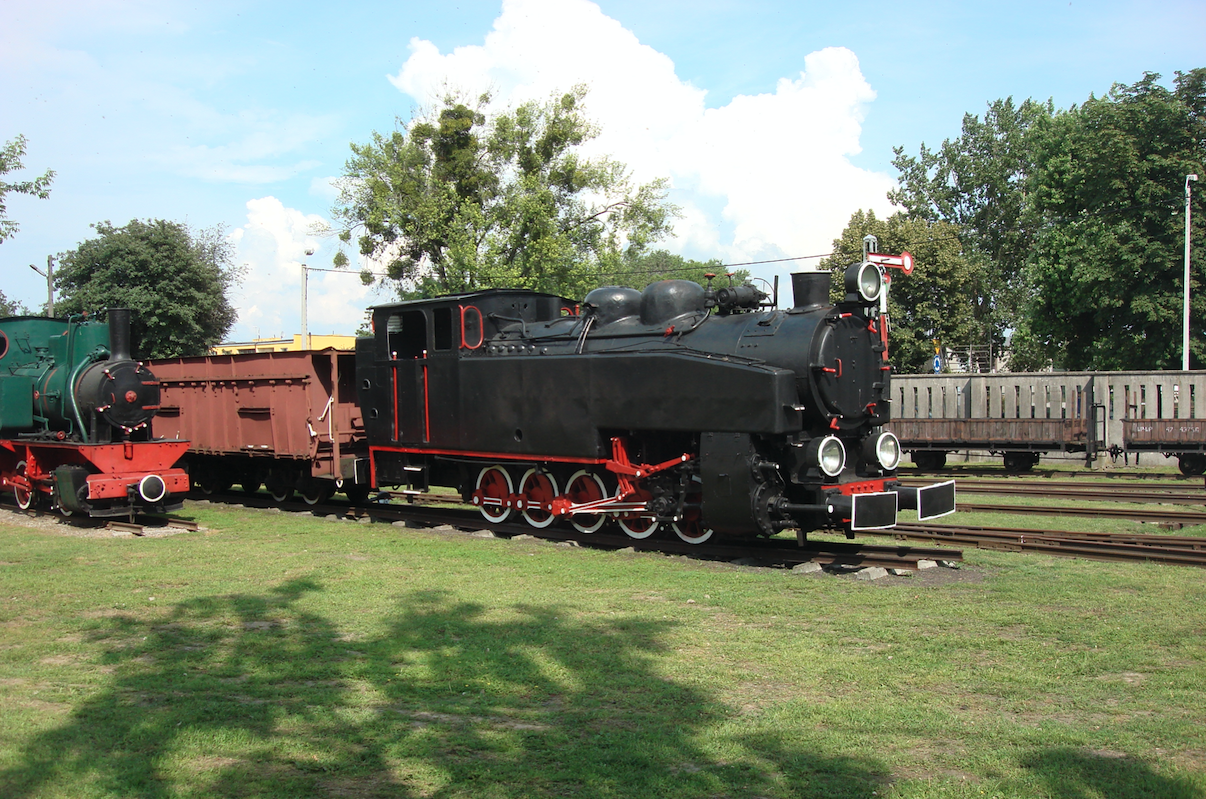
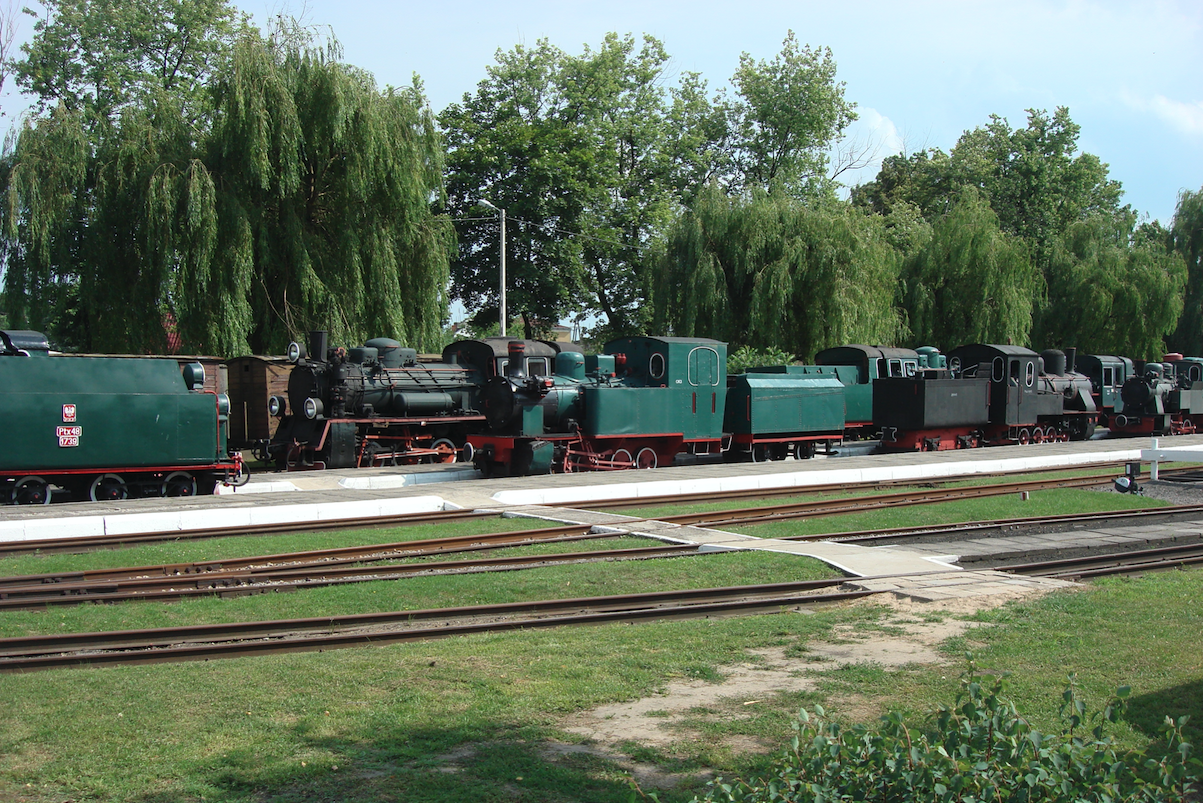
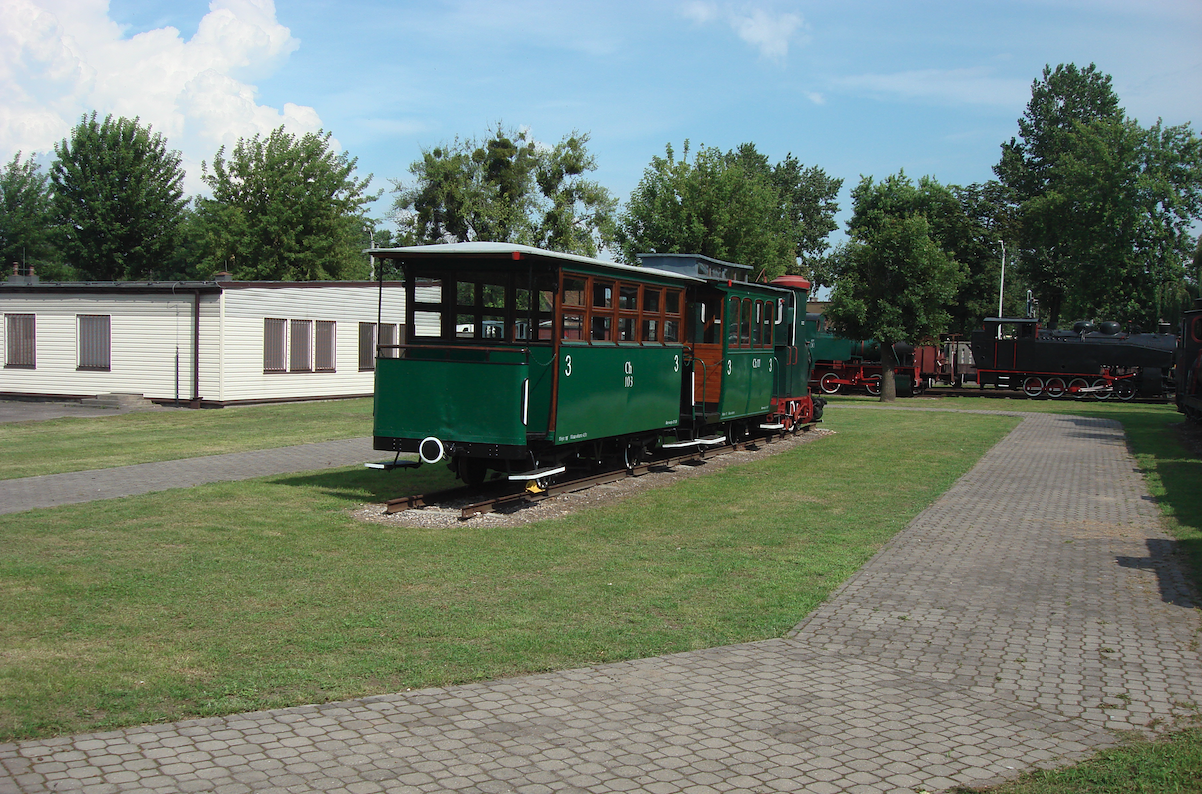
Sochaczew County Narrow Gauge Railway.
The decision to build a narrow-gauge railway was made in connection with the plans to rebuild Sochaczew after the Great World War. A track gauge of 750 mm was selected. Originally, the railway was called the Poviat Railway Sochaczewska, then the Sochaczew Commuter Railway (from 1930), and now the Sochaczew Museum Railway (tourist).
The Sochaczew Narrow-Gauge station was successively named: Sochaczew Szosa (from 1923), Szosa Warszawska (from 1924), Sochaczew Miasto (from 1928), Sochaczew Narrow-Gauge (from 1948), Sochaczew Miasto (again from 1951), Sochaczew Museum (since 1986).
The material for the construction of the railway was obtained from the dismantled Prussian narrow-gauge field railways, which were used during the great world win. Initially, horse traction was planned, but we managed to buy two steam locomotives and a few carriages.
The first trains were launched in 1921. On September 18, 2022, passenger trains on the Sochaczew - Tułowice section were officially launched. In 1923, the line was extended to Piaski Królewskie, and in 1924 a branch was built to Wyszogród. A total of 33 km of railway route was built. There were 14 stations and stops on the route. The main station was Sochaczew Narrow-Gauge, and now the Sochaczew Museum. The railway was used to transport timber, crops and passengers. In Piaski Królewskie there was a sawmill powered by a locomotive. Wood was still the most important building material. The industrial transport of timber from the Kampinos Forest was completed in 1961, when the forest became a National Park. The railway also served the plants in Chodaków. River gravel was transported from Wyszogród.
Already in 20 years, tourist trains were launched on Sundays, which were very popular. Modernization of the line was carried out until 1939, i.e. the attacks of the Germans on Poland. Many wooden infrastructure elements were rebuilt with bricks and concrete. In Sochaczew there was a brick depot, a water reservoir, a fuel store, two platforms, a triangular track system for turning locomotives (there was no turntable). There was a siding to the standard gauge station. The outbreak of World War II shattered further plans to expand the Sochaczew Railway.
After the war, the condition of the Sochaczew Railway was very bad. The rolling stock was heavily exploited. Commenced investments were not completed and the existing tracks needed renovation. The Moscow army robbed the railroad of machinery, equipment, coal, lubricants and oils. The railway still belonged to the Poviat, but in 1949 it was completely subordinated to the Ministry of Transport and the Polish State Railways, receiving the name: Sochaczew Commuter Railway. In 1948, traffic to Wyszogród was restored. In 50 years, all sleepers and worn rails were replaced. In 1949, a standard-gauge line to Chodaków was built from the Sochaczew station. Sochaczewska Kolei has lost an important client. In the 1970s, a 2 km trail from Chodaków to Placewice was built. Due to the slimness of the space, the narrow tracks were braided with the normal tracks.
In the 70s of the twentieth century, railways in Poland began to be gradually liquidated. It was related to the modernization of the road network and focusing on the standard-gauge railway. Regular transport was stopped in Sochaczew on November 30, 1984. The last train left at 3:35 pm, so at the Sochaczew Muzeum station all clocks show this time. Fortunately, all the tracks were not dismantled.
On September 6, 1986, the Narrow-Gauge Railway Museum was opened in Sochaczew, which became popular among Warsaw residents due to its proximity to the capital. The museum was organizationally subordinate to the Railway Museum in Warsaw. Currently, the museum is a branch of the Museum Station (formerly the Railway Museum in Warsaw).
The facility has collected the largest collection of narrow-gauge rolling stock in the world. There are over 210 units of narrow-gauge rolling stock in the open-air museum. In the exhibition halls, you can see museum collections and documents on the functioning of narrow-gauge railways in Poland.
During the holiday season, the museum organizes 18 km long tourist trains on the Sochaczew - Wilcze Tułowskie route. The remaining routes are currently impassable and partially dismantled. The train is made up of historic carriages and is driven by a Px29-1704 steam engine or a Lxd2-342 diesel engine or MBd1 motor carriages.
Address Sochaczew ul. Towarowa 7, 96-500 Sochaczew. Museum address: 96-500 Sochaczew, ul. Licealna 18.
Written by Karol Placha Hetman
